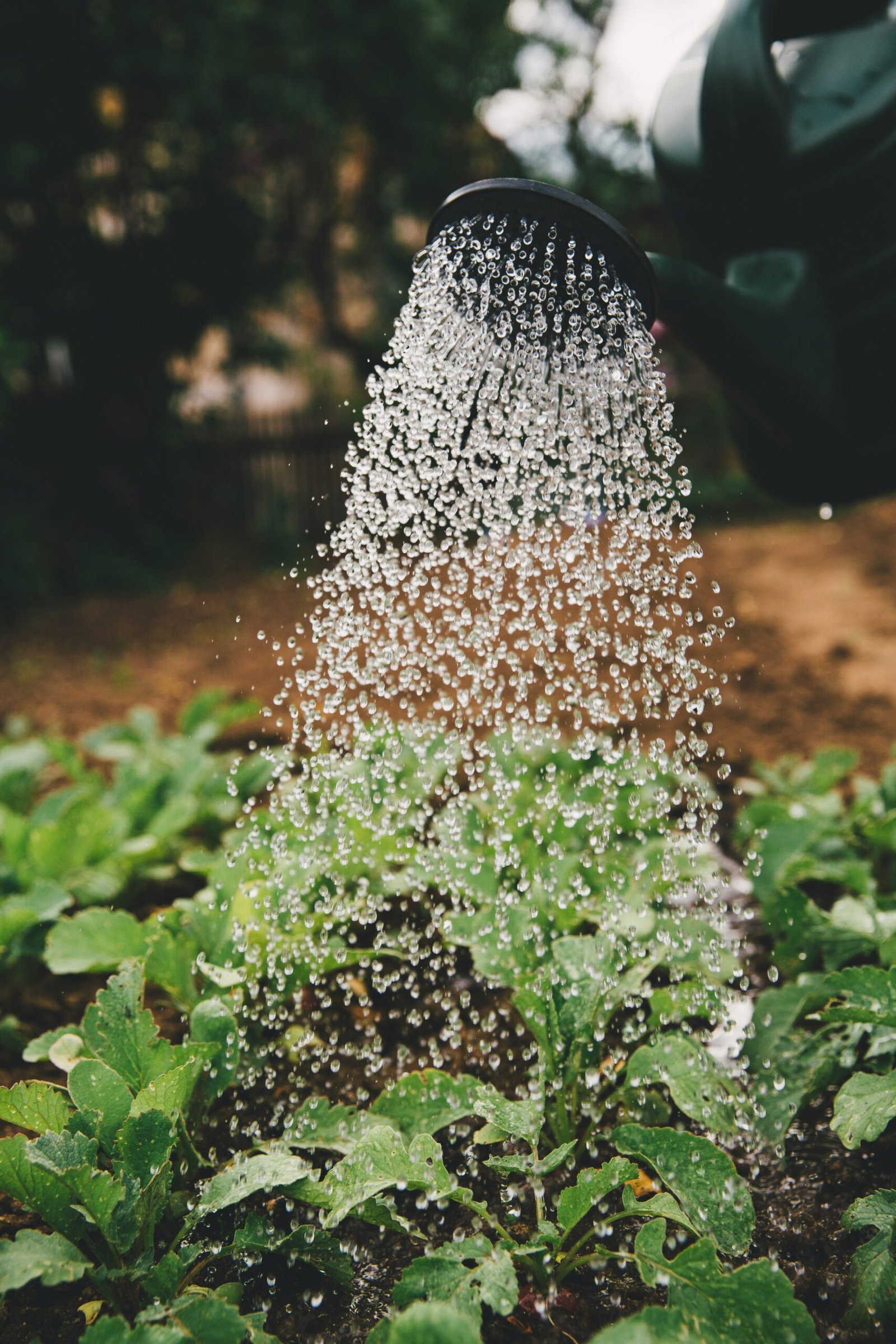Backyard Vegetable Gardening
If you’re looking for a way to live a healthier and more sustainable lifestyle, backyard gardening is a great place to start. With a few basic supplies and some knowledge of what grows well in your climate, you can start growing your own fruits and vegetables in no time. In this guide, we’ll cover everything you need to know to get started with a backyard vegetable garden.
Why Garden at Home?
There are numerous advantages to growing your own food, including:
- Control over the quality and safety of your food: By growing your own produce, you know exactly what goes into the soil and what pesticides are used, if any.
- Cost savings: Homegrown fruits and vegetables can save you money in the long run, especially if you’re buying organic.
- Improved physical and mental health: Gardening is a great form of physical activity, and it has been shown to improve mental well-being and reduce stress.
- Connection to nature: Gardening allows you to spend time in the fresh air and connect with the natural world.

Choosing the Right Location for Your Garden
When choosing a spot for your garden, consider the following factors:
- Sunlight: To grow properly, most vegetables require at least six hours of direct sunlight per day.
- Soil: Most vegetables grow best in well-drained soil with a neutral pH. You may need to amend your soil with compost or other organic matter if it is heavy clay or sandy.
- Water: Make sure the garden will be easily accessible for watering, as vegetables need consistent moisture to grow well.

What to Plant in Your Garden
When deciding what to plant, consider the following:
- Climate: Choose vegetables that will thrive in your climate. Some vegetables, such as tomatoes and peppers, are more heat-loving and do better in warmer climates, while others, such as lettuce and spinach, prefer cooler temperatures.
- Space: Make sure you have enough room for each plant to grow. Some vegetables, like pumpkins and squash, can take up a lot of space, while others, like carrots and radishes, can be planted closely together.
- Personal taste: Of course, the most important factor is what you and your family will actually eat. Choose vegetables that you like and will use in your cooking.
How to Plant and Care for Your Garden
Once you’ve chosen your location and selected the vegetables you want to grow, it’s time to get started. Here are the steps to take:
- Prepare the soil: Before planting, amend the soil with compost or other organic matter if needed.
- Plant seeds or seedlings: Depending on the vegetable, you may plant seeds directly in the ground or start with seedlings.
- Water and fertilize: Make sure to water your plants regularly and provide them with the nutrients they need to grow. You can use compost or a balanced fertilizer to do this.
- Pest control: Keep an eye out for pests like aphids or slugs and take action to control them as needed. You can use insecticidal soap or other natural methods to keep pests at bay.

Enjoying Your Harvest
Once your garden is up and running, you’ll be able to enjoy fresh, healthy produce right from your own backyard. Here are a few tips for making the most of your harvest:
- Use it fresh: Eat your produce as soon as possible after harvesting it for the best flavor and nutrition.
- Store it properly: If you have more produce than you can eat right away, store it properly to extend its shelf life.
can guinea pigs eat rabbit food?-An Essential Guide
- 10 Creative Gardening Ideas With Bricks
- 7 Creative Water Gardening Ideas To Bring Life To Your Outdoor Space
- 8 best Florida gardening ideas To Try Out this Summer
- 10 best Innovative small front yard desert landscaping ideas
- 10 Perfect gardening basket gift ideas
Discover more from Organic Gardening
Subscribe to get the latest posts sent to your email.







